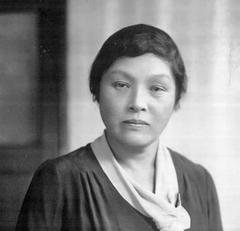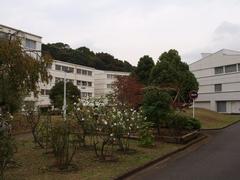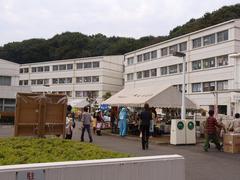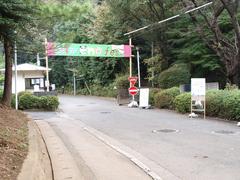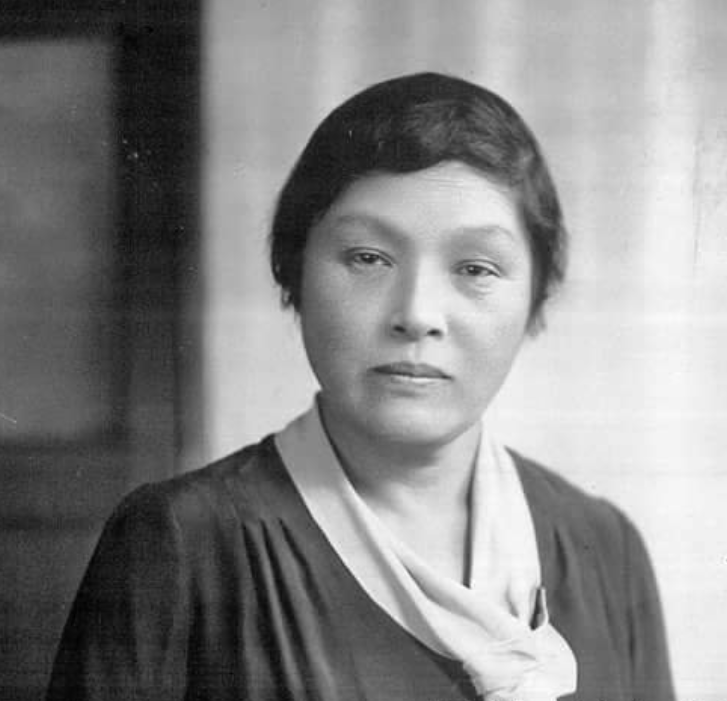
Japan Women’s University Visiting Guide – Tokyo Historical Site Information, Tickets, and Hours
Date: 14/06/2025
Introduction: History and Cultural Significance
Japan Women’s University (日本女子大学, Nihon Joshi Daigaku), founded in 1901 by educator Jinzo Naruse, is a cornerstone of women’s higher education in Japan and a culturally significant landmark in Tokyo. Established at a time when women’s access to higher education was limited, the university pioneered not only academic advancement but also the integration of traditional Japanese culture—such as tea ceremony and flower arranging—into its curriculum. Over the years, it has grown into Japan’s oldest and largest private women’s university, recognized for its commitment to gender equality and women’s empowerment. The main campus, located in the Mejirodai district of Bunkyō, is a tranquil and beautiful space steeped in architectural heritage and natural beauty, making it a compelling destination for students, scholars, and tourists alike (JWU Official; Old Tokyo; EduRank; JapanToday).
Historical Overview
Founding and Early Years (1901–1920s)
Jinzo Naruse established Japan Women’s University on April 20, 1901, inspired by Western educational models and the philosophy of educating women “first and foremost as human beings.” Initial support from figures such as Eiichi Shibusawa and Asako Hirooka enabled the university to offer programs in Home Economics, Japanese Literature, and English Literature (Edarabia). By 1903, enrollment exceeded 800, with both Japanese and foreign faculty contributing to a curriculum that blended rigorous academics with practical skills and traditional arts (Old Tokyo).
Campus Life and Facilities
The Mejirodai campus was designed for holistic education, featuring gardens, communal dormitories, and spaces fostering both academic and personal growth. The university’s ethos emphasized discipline, character-building, and societal contribution (JWU Official).
Expansion and Academic Development (1920s–1960s)
Throughout the 20th century, JWU expanded to include faculties in Science, Humanities, and Social Sciences, and pioneered graduate education for women. Its educational system grew to encompass everything from kindergarten to lifelong learning centers (Times Higher Education; Edarabia).
Notable Alumnae
The university boasts graduates such as:
- Raicho Hiratsuka: Feminist activist
- Kazuyo Sejima: Pritzker Prize-winning architect
- Sadako Sawamura: Actress
- Chieko Takamura: Artist
These alumnae exemplify the university’s legacy of empowering women to shape society (EduRank).
Modernization and Postwar Reforms
After WWII, JWU adopted the “Three Principles of Education”—Firm Conviction, Spontaneity and Creativity, Service to Society—and expanded its research and academic output across disciplines (EduRank).
Contemporary Role and Academic Offerings
Today, JWU is home to approximately 6,000 students and 200 faculty members across its Mejirodai (Tokyo) and Nishi-Ikuta (Kanagawa) campuses (Wikipedia). It remains at the forefront of private higher education, ranking among Japan’s top institutions and offering diverse programs in Humanities, Science, Social Sciences, International Studies, and Architecture (Top Universities; Edarabia).
Visiting Japan Women’s University: Essential Information
Visiting Hours and Access
- Campus Hours: Monday to Friday, 9:00 AM – 5:00 PM (check official site for updates, especially during holidays and special events).
- Admission: Free for campus grounds. Some exhibitions or events may require tickets—details on the official website.
- Guided Tours: Offered occasionally; advance booking recommended.
- Accessibility: Mejirodai campus is a short walk from Gokokuji Station (Tokyo Metro Yurakucho Line), with wheelchair-accessible facilities. Contact the university for specific needs.
Campus Layout and Atmosphere
The Mejirodai campus consolidates all faculties, creating a cohesive environment with modern and traditional architecture, lush gardens, and quiet courtyards (JWU Official). The landscape is especially stunning during cherry blossom and hydrangea seasons.
Facilities
- Cafeterias with Japanese and international cuisine
- Libraries, including the renowned Kazuyo Sejima-designed library (Designboom)
- Study lounges, accessible pathways, and award-winning inclusive facilities (Univ Journal)
Visitor Etiquette
- Dress modestly and smart-casual
- Remove shoes where indicated
- Photography is permitted outdoors; ask permission indoors or when photographing people (The Invisible Tourist)
Seasonal Highlights
- Cherry Blossoms: Late March – early April
- Hydrangeas: June (rainy season; campus is quieter, but hydrangeas are in full bloom) (The Navigatio)
Special Events and Tours
Look for open campus days, academic conferences, and cultural festivals. These events often welcome the public and provide guided tours (check the events page).
Nearby Attractions
- Rikugien Garden: Classic Japanese landscaping, beautiful in spring and autumn
- Gokokuji Temple: Historic Buddhist temple
- Mejiro Teien: Intimate Japanese garden
All are easily accessible by foot or public transportation from JWU (Tokyo Cheapo).
Practical Tips for International Visitors
Language and Communication
Most campus signage is in Japanese; some English support is available. Use translation apps and download Japanese for offline use (Never Ending Voyage).
Facilities and Connectivity
- Restrooms and cafeterias are open to visitors during certain hours
- Wi-Fi is usually for students/staff only—consider a SIM card or portable Wi-Fi (Live Japan)
Accessibility
Newer campus buildings are equipped with elevators and ramps; confirm access in advance if needed.
Safety and Security
Japan is very safe for travelers. Campus security is present. In emergencies, dial 110 (police) or 119 (fire/ambulance). Translation apps can assist, as police translators may not be available (Live Japan).
Frequently Asked Questions (FAQ)
Q: Is Japan Women’s University open to the public?
A: Yes, the campus grounds are open during visiting hours; access to certain buildings is restricted.
Q: Are there admission fees?
A: No, general access is free. Special events may require tickets.
Q: Are guided tours available?
A: Yes, during open campus days and by reservation.
Q: Is the campus accessible for visitors with disabilities?
A: Yes, especially in newer buildings. Contact the university for more details.
Q: Can I take photos?
A: Photography is allowed in outdoor areas. Ask permission indoors or before photographing people.
Visuals and Virtual Tours
- Virtual Tour and Campus Map
- Kazuyo Sejima-designed library at JWU
Alt text: Kazuyo Sejima-designed library at Japan Women’s University, Mejirodai campus - [Japan Women’s University Mejirodai campus greenery]
Alt text: Panoramic view of campus with traditional dormitories and gardens
Summary & Visitor Recommendations
Japan Women’s University stands as a beacon of educational excellence, cultural heritage, and social progress in Tokyo. Its beautiful campus offers a peaceful retreat, innovative architecture, and a vivid glimpse into the legacy of women’s empowerment in Japan. With free general admission, accessible facilities, and a calendar of engaging events, JWU is an enriching destination for visitors of all backgrounds. For up-to-date information on hours, tours, and events, consult the official university website.
Download the Audiala app or follow our social channels for more Tokyo travel insights and updates on women’s educational landmarks.
Sources
- Japan Women’s University Official Website
- Old Tokyo: Historical Overview of JWU
- EduRank: JWU Profile
- JapanToday: Women’s Higher Education in Japan
- Times Higher Education: JWU Ranking
- Designboom: Kazuyo Sejima-Designed Library at JWU
- Univ Journal: JWU Academic Innovations
- The Navigatio: Visiting Japan in June
- Tokyo Cheapo: Public Transportation Guide
- Live Japan: Travel Tips and Connectivity
